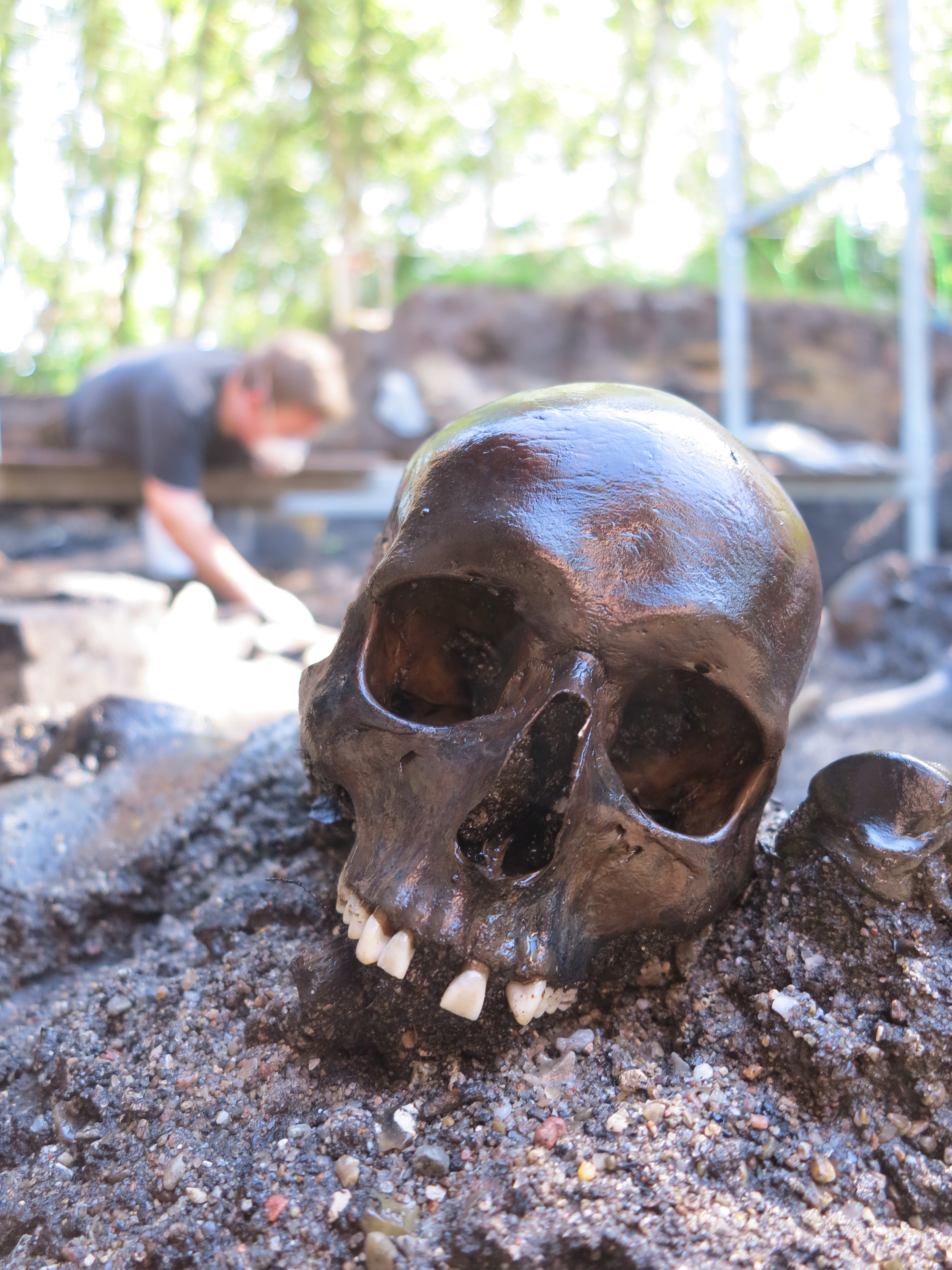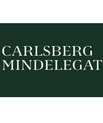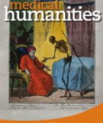Archaeological finds illuminate Roman Empire battle
Article published in Proceedings of the National Academy of Sciences

Direct evidence of a large Northern European Roman period martial event and post-battle corpse manipulation
Press Release: Archaeological finds illuminate Roman Empire battle
Archaeological excavations in Denmark shed fresh light on a fierce battle in Northern Europe in the first century AD, according to a study. The Northern expansion of the Roman Empire between first century BC and first century AD was marked by pitched battles with Germanic tribes whose ferocity was a frequent subject of Roman military lore. However, a dearth of well-preserved human remains at purported battle sites has hampered understanding of the nature of the fighters, weaponry, and battlefield practices. Mette Løvschal and colleagues report the results of archaeological excavations undertaken between 2009 and 2014 at Alken Enge wetlands in Denmark's Illerup River Valley. Dispersed in peat and lake sediments over 75 hectares of wetland meadows, nearly 2,100 human bones and bone fragments were unearthed and radiocarbon-dated to 2 BC-AD 54. Along with weapons, such as spearheads, sword and shield fragments, iron knives, and an axe, the human remains were accompanied by ceramic pots as well as bones and bone fragments of dogs, pigs, and cattle. The human bone fragments, which represent 82 individuals, mostly adult male, bear signs of trauma before and around the time of death as well as tooth marks and fissures caused by foxes, dogs, and wolves. Together, the evidence at Alken Enge suggests large-scale armed conflict by an estimated population of around 380 young men, who sustained combat injuries, lending support to previous accounts of military prowess in northern Germania. The discovery of cut marks on bones, bone assemblages, and hip bones threaded on a stick suggests that human bones may have been collected and treated in the battle's aftermath, hinting at the possibility of ritual in the disposal of human remains, according to the authors.
Abstract:
New archaeological excavations at Alken Enge, Jutland, Denmark, have revealed a comprehensive assemblage of disarticulated human remains within a 75-ha wetland area. A minimum of 82 individuals have been uncovered. Based on the distribution, the total population is estimated to be greater than 380 individuals, exclusively male and predominantly adult. The chronological radiocarbon evidence of the human bones indicates that they belong to a single, large event in the early first century AD. The bones show a high frequency of unhealed trauma from sharp-edged weapons, which, together with finds of military equipment, suggests that the find is of martial character. Taphonomic traces indicate that the bones were exposed to animal gnawing for a period of between 6 mo and 1 y before being deposited in the lake. Furthermore, the find situations, including collections of bones, ossa coxae threaded onto a stick, and cuts and scraping marks, provide evidence of the systematic treatment of the human corpses after the time of exposure. The finds are interpreted as the remains of an organized and possibly ritually embedded clearing of a battlefield, including the physical manipulation of the partly skeletonized bones of the deceased fighters and subsequent deposition in the lake. The date places the finds in the context of the Germanic region at the peak of the Roman expansion northward and provides the earliest direct archaeological evidence of large-scale conflict among the Germanic populations and a demonstration of hitherto unrecognized postbattle practices.
Article:
Mads Kähler Holst, Jan Heinemeier, Ejvind Hertz, Peter Jensen, Mette Løvschal, Lene Mollerup, Bent Vad Odgaard, Jesper Olsen, Niels Emil Søe, and Søren Munch Kristiansen (2018): Direct evidence of a large Northern European Roman period martial event and post-battle corpse manipulation. PNAS May 21, 2018. 201721372
MEDIA CONTACT:
Mette Løvschal, Aarhus University, e-mail: <lovschal@cas.au.dk>



